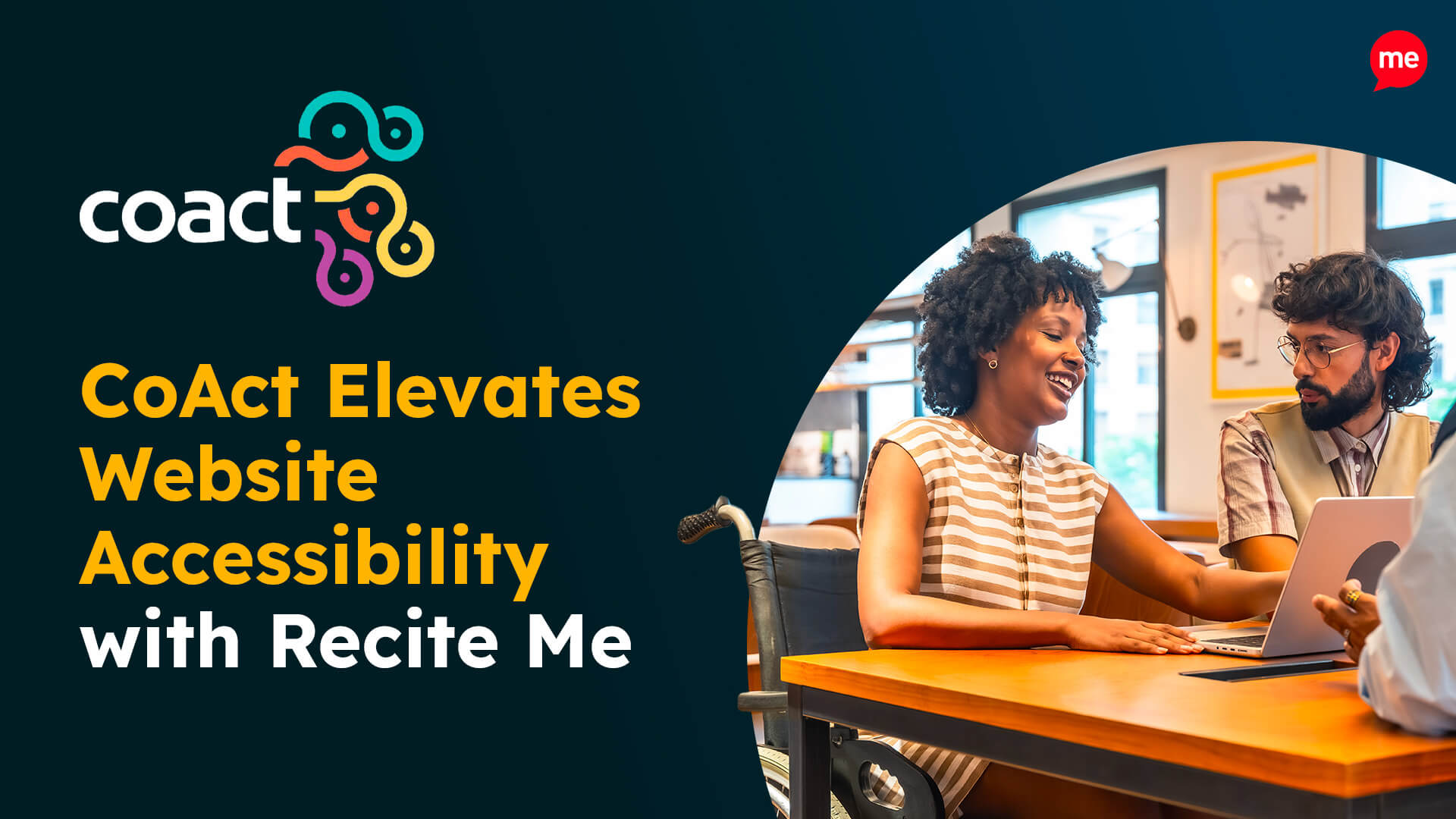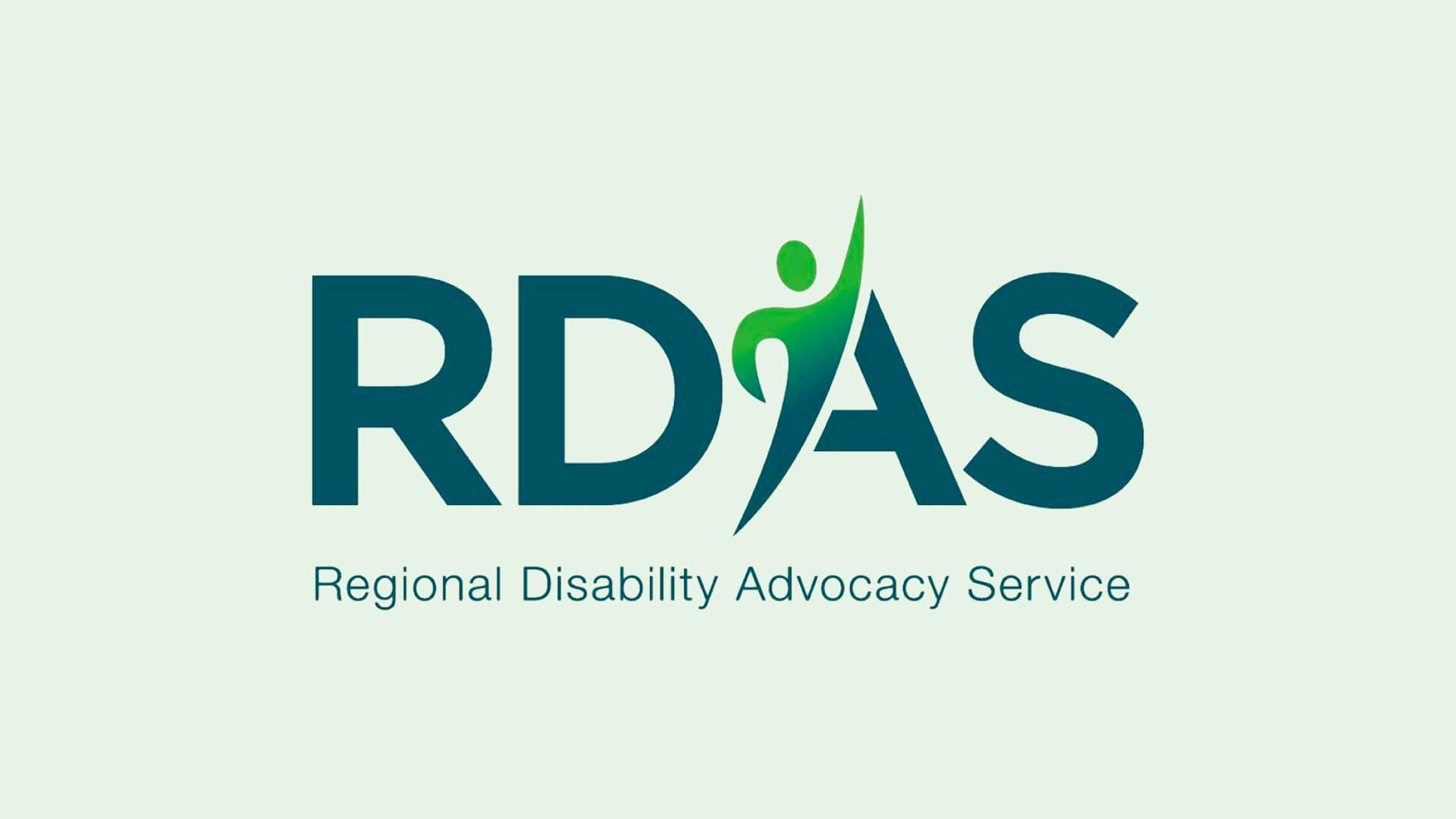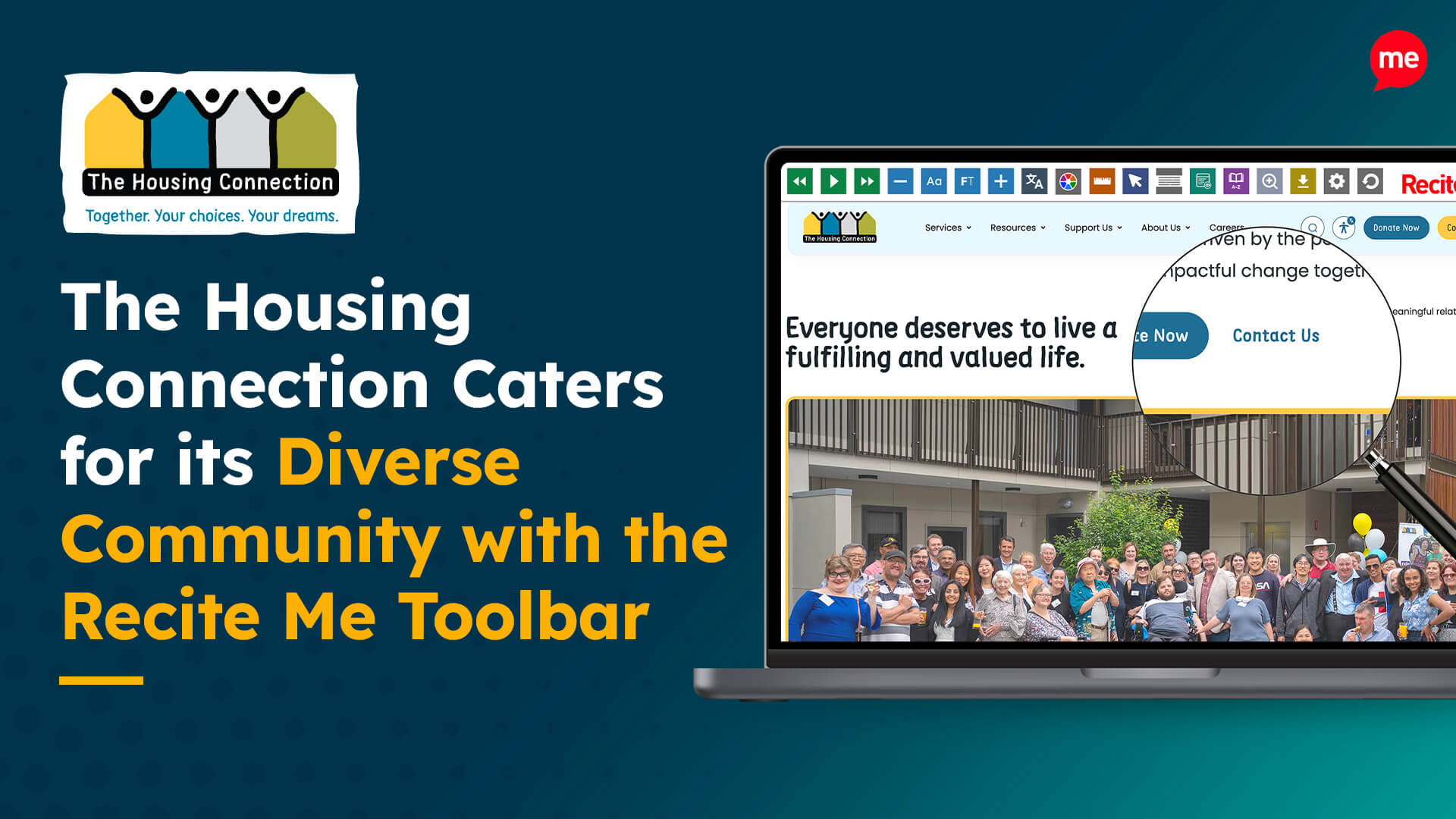In today’s increasingly digital age, everything happens online. It’s hard to imagine a world where information and services are not just a few clicks away.
Designing an inclusive and accessible website for your NDIS (National Disability Insurance Scheme) provider services is crucial in ensuring that all users, regardless of disability, can access and benefit from the information and services you offer. As an NDIS provider, your website is a vital tool for communicating with your audience, and it should adhere to accessibility standards, reflecting your commitment to inclusivity.
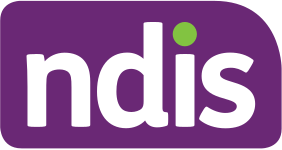
What is the NDIS?
The National Disability Insurance Scheme (NDIS) is an Australian government initiative designed to support Australians with disabilities, their families, and carers. The NDIS offers funding for various services and supports to help individuals with disabilities achieve their goals and improve their quality of life. Providers registered with the NDIS offer these services, ranging from healthcare and therapeutic support to assistive technologies and community participation programs.
What are the NDIS requirements for Websites?
With the NDIS now supporting more than 646,000 participants, NDIS providers must adhere to specific guidelines to ensure their websites are accessible to all users, including those with disabilities. These requirements often align with the Web Content Accessibility Guidelines (WCAG) 2.1, which include:
Perceivable: Information and user interface components must be presentable to users in ways they can perceive. This includes providing text alternatives for non-text content and ensuring that web content is adaptable for different formats.
Operable: User interface components and navigation must be operable. This involves ensuring that all functionality is available from a keyboard, giving users enough time to read and use content.
Understandable: Information and the operation of the user interface must be understandable. This includes making text readable and predictable and helping users avoid and correct mistakes.
Robust: Content must be robust enough to be interpreted reliably by a wide variety of user agents, including assistive technologies.
Why is Accessible Website Design important for NDIS Provider Websites?
User-Friendly Navigation
Why: Simple and intuitive navigation helps users, especially those with cognitive disabilities, find the information they need without confusion.
How: Use clear headings, organised menus, and consistent navigation throughout your site. Implement a search function that is easy to locate and use.
Text Alternatives
Why: Users with visual impairments or those who use screen readers need text alternatives to understand the content.
How: Provide alt text for images, transcripts for audio content, and captions for videos.
Keyboard Accessibility
Why: Some users cannot use a mouse and rely on keyboard navigation.
How: Ensure all interactive elements (like forms and links) can be accessed and operated using a keyboard.
Readable and Understandable Content
Why: Clear and simple language makes it easier for all users to understand your content, including those with cognitive disabilities.
How: Use plain language, short sentences, and bullet points. Avoid jargon and provide explanations for complex terms.
Responsive Design
Why: Users access websites on various devices with different screen sizes.
How: Implement responsive design techniques to ensure your site is accessible and functional on desktops, tablets, and smartphones.
Colour Contrast and Text Size
Why: Sufficient contrast between text and background enhances readability for users with visual impairments.
How: Use high-contrast colour schemes and allow users to adjust text size
Tools to Help You Design an Inclusive NDIS Website
At Recite Me we know the importance of inclusion, and that is why we are helping so many organisations around the world. We provide a number of different accessibility tools that can aid organisations in a number of ways. Some of these tools include:
Accessibility Toolbar
The Recite Me Accessibility Toolbar is a type of software that installs onto your website to help make it more inclusive. It does this by providing a fully customisable experience to your website visitors. Allowing them to make use of the following features:
- Personalising font size, type, and colour options.
- Choosing the exact colour contrast between the text and background.
- Utilising the mask screen tool to help with focus.
- Using the ruler tool to make reading easier.
- Downloading content as an audio file as an alternative to reading.
- Converting page content into over 100 on-screen languages.
- Having the page read aloud in a choice of 65 languages.
- Customising PDF documents or having them read aloud/ translated.
- Zooming in on any part of a webpage.
- Using the built-in spell-checker and a fully integrated dictionary and thesaurus.
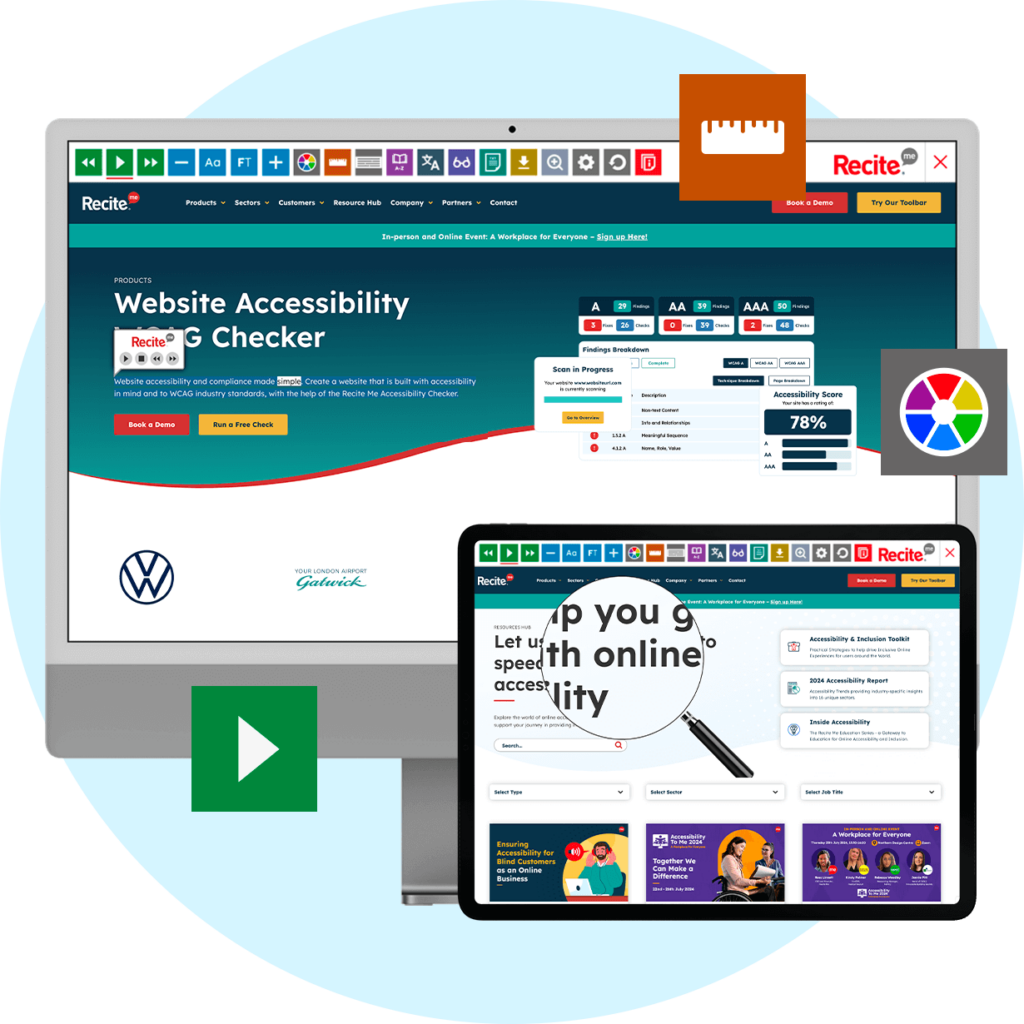
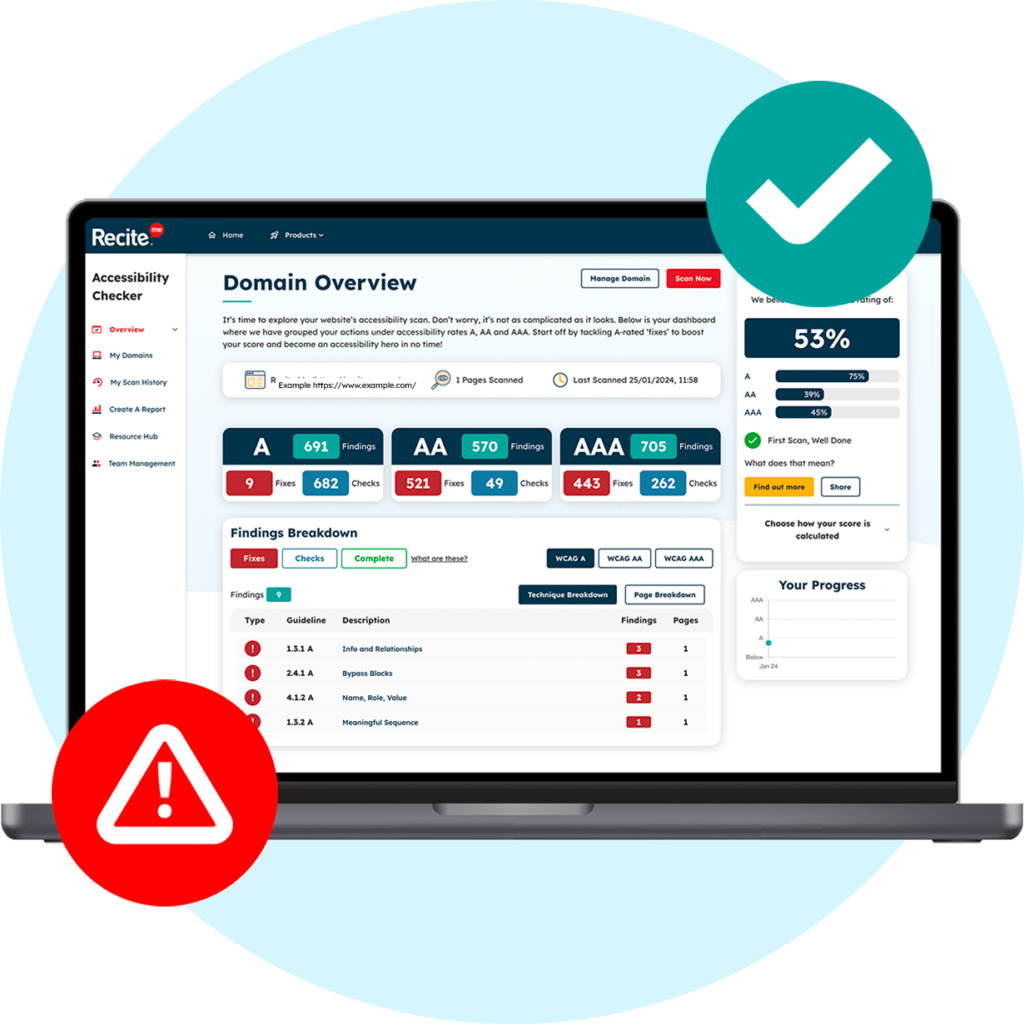
Accessibility Checker
Our Accessibility Checker can help address inaccessibility at its root cause. As the tool performs a complete scan of your website in line with the latest WCAG standards and guidelines. By following a simple four-step process to help improve your website accessibility:
- Scan – Choose between scanning on a domain or page level.
- Identify – Highlight accessibility issues on your website automatically.
- Fix – Boost your accessibility score by prioritising fixes in line with levels A, AA and AAA of WCAG.
- Track – Create and share custom reports in the tool that allow you to track your progress and share it among your peers.

Start your Accessibility Journey with Recite Me
Act today to ensure accessibility compliance and mitigate legal risk. Get started on your website accessibility strategy by working through the following action points:
- Contact our team for more advice about WCAG standards and Accessibility best practices.
- Find out more about the Recite Me Web Accessibility Scanner.
- Schedule a free demonstration to learn how our technology can help you.
- Run a free scan of your website for WCAG 2.1 AA compliance.

